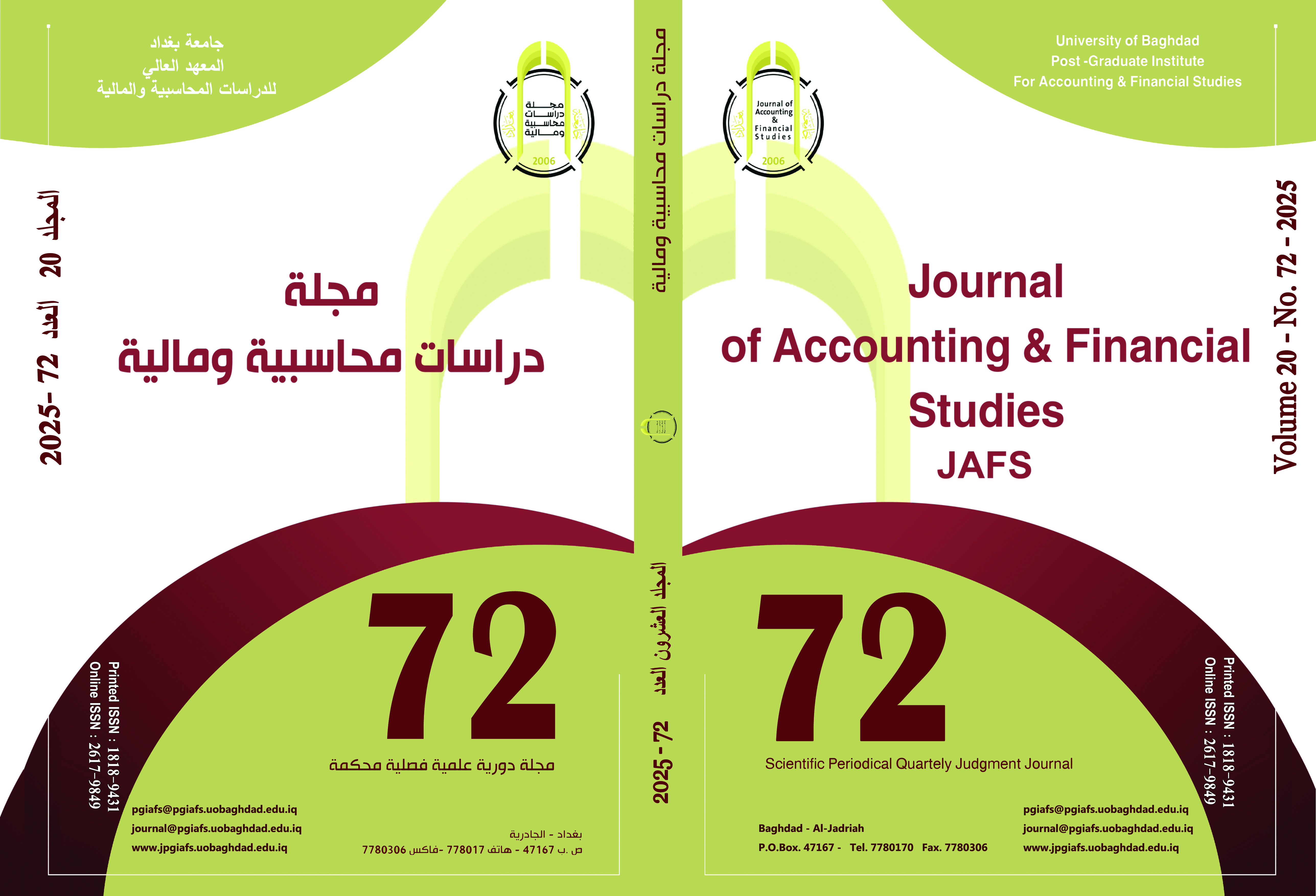The role of profitability and liquidity in capital adequacy
applied research
DOI:
https://doi.org/10.34093/6xrx8h47Keywords:
Profitability, Liquidity, Capital adequacyAbstract
The study aims to explain the role of profitability and liquidity in capital adequacy. The research started from four main hypotheses: There is a correlation between the return to total assets and capital adequacy. There is a significant effect of the return to total assets on capital adequacy. There is a correlation between cash to total assets. Assets and capital adequacy, there is a significant effect of cash to total assets on capital adequacy, for the sample of banks for the time period (2018-2023), The research has reached a number of results and proposals. There is a statistically significant direct correlation between cash and total assets in capital adequacy, and there is a positive moral effect of cash to total assets in capital adequacy. The reason for this is due to the increase in cash at the Fund and the Central Bank. Which is zero risk when calculating capital adequacy, and the researcher suggested exploiting the liquidity ratios available in various investment fields There is an inverse correlation between the return to total assets and capital adequacy, and there is a negative moral impact of the return to total assets ratio on capital adequacy. An increase in the return to total assets is not matched by banks increasing their reserves and retained earnings. In contrast, the recommendation for this action was to increase retained earnings and reserves when... Increase its profitability.
Downloads
Published
Issue
Section
License
The copyright is transferred to the journal when the researcher is notified of the acceptance of his research submitted for publication in the journal.



